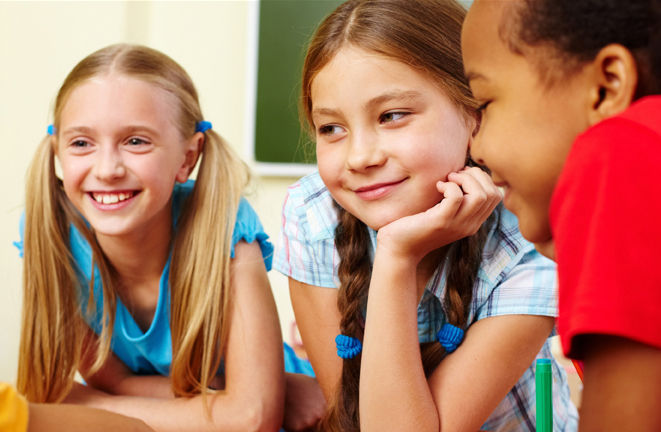Learning?
- Dr. Patrick E. Crawford
- Oct 10, 2022
- 3 min read
Leadership Thoughts | Issue #82

I am a hoarder of articles pertaining to organizational behavior and leadership. I save many articles to my computer as I read so I can review them in the future. The problem is that I have no system in place for tagging the pieces, so it is difficult to remember what the articles are about without reading them all again and again.
One solution is to tag the articles while they are still in the browser, but I don’t know how to do that, so I become frustrated and just hit save. If you have some ideas for how I can organize my articles -- feel free to send them to my email address: crawfordp@paldc.org! Or, leave a comment below! Thank you!
Depth of Learning
Check out the article, How Deep is Their Learning by David Cook from Getting Smart.
The author got my attention when he wrote that deep learning is often misunderstood, focusing on the learning experience (teaching) instead of the learning. His statement reminded me of the imaginary bumper sticker I would often quote, “It is all about the learning, not about the teaching!” I would ask interviewees for teaching positions if they saw it on a bumper what they would think.
Don’t get me wrong; it is our job as educators to create ideal learning experiences for all children. According to Cook, learning has two meanings. The noun is the experience or activity. The second is the verb “to learn,” which occurs within each learner.
“We define learning as the transformative process of taking in information that – when internalized and mixed with what we have experienced – changes what we know and builds on what we do. It’s based on input, process, and reflection. It is what changes us.”
–From “The New Social Learning,” by Tony Bingham and Marcia Conner
Cook’s focus is on the last two sentences of the above quote. Input, process, reflection, and change are the keywords. Input, process, and reflection are the noun “learning,” and change is the verb “learning.”
Deeper learning requires applying the input and prior knowledge for verb learning to occur. The magic happens when the “learning facilitator” matches the ideal learning experience to each learner's unique strengths, interests, and needs. We call this customizing learning.
Active and Passive Learning Models
Also, explore what Spark has to say in their post, Active and Passive Learning Models. What’s the Difference?
Spark School is a hybrid international high school following the standards of the Cambridge International Curriculum. The processing article on learning motivated me to do some additional reading on learning. This blog examines the differences between active and passive learning. The writer believes there is a movement toward more active learning in our society, although one style is not necessarily better. The objective is to learn what works best for each student.
Active Learning
Active learning is a student-centered approach in which activities and discussions are created to understand the topic better.
Advantages of Active Learning Students participate in analyzing and synthesizing information and developing critical thinking skills. Students are engaged in learning real-world applications for the info.
Disadvantages of Active Learning It is easy to lose focus on the goals, presenting less information. Preparing for active learning takes more teacher time.
Passive Learning
Passive learning is the more traditional style of learning. Teacher-centered activities like lectures, reading, and assignments are the learning strategies.
Advantages of Passive Learning A great deal of information can be transmitted in a short period. Passive learning builds writing, organizational, and listening skills.
Disadvantages of Passive Learning Many students become bored and unengaged in passive learning. The teacher may find assessing students' comprehension of the presented information more difficult.
Which is Best?
The answer to the question "which is best" is -- it depends! Although some students have a preference, both have an important role in the learning process. It is essential to have a basic knowledge of a concept before learners can apply it. One learning style supports divergent thinking, while the other promotes convergent thinking. I can think both logically and creatively.
Subscribe to receive our "Leadership Thoughts" weekly!
Explore Our PIL Courses!
PLDC offers Pennsylvania Department of Education PIL-Approved Programs that count toward Act 45 continuing education credits.

Our programs are designed using the most current and proven methods for effective adult learning that keep participants engaged and promote knowledge retention. In addition to our core programs, we can work with you to create a completely customized program to meet your organization’s unique objectives.
CONTACT US TO JOIN TODAY!


Commentaires